Beyond the Bifrost: A Spirited Journey into the Creatures of Norse Mythology
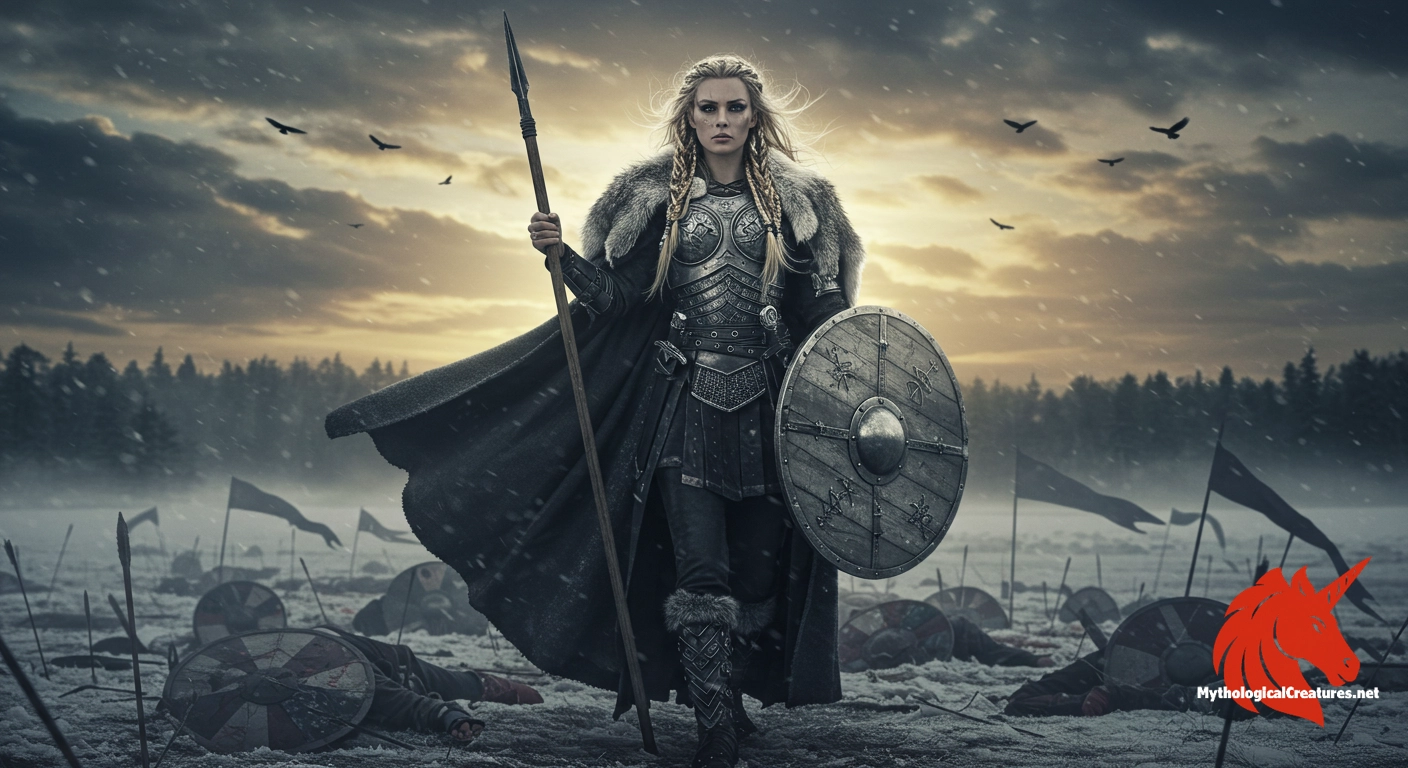
Dive into the Wild World of Norse Mythology's Creatures, Beasts and Beings
Welcome, brave adventurer, to a realm where colossal wolves threaten the gods, world-circling serpents churn the seas, and mischievous spirits dwell in ancient forests! If you've ever been captivated by tales of Vikings, thunderous hammers, and the epic sagas of the North, then you're in for a treat. The creatures of Norse mythology are as vast and varied as the Nine Realms themselves, a menagerie of beings that embody the raw power of nature, the mysteries of life and death, and the ever-present shadow of chaos. "It's a world that feels so alive," as one mythology enthusiast recently told me, "every forest, mountain, and ocean could hide something incredible or terrifying." So, grab your mead horn, and let's explore some of the most fascinating denizens of this ancient cosmos!
Featured Mythological Treasure
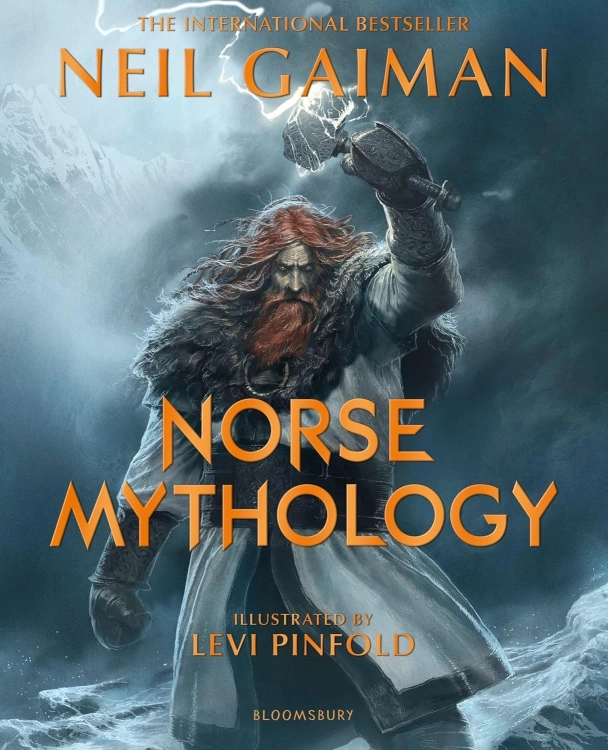
Norse Mythology Illustrated
From the dawn of the world to the twilight of the gods, this is book delivers a dazzling journey through the Norse myths, with Odin the all-father and his mighty son Thor, whose hammer Mjollnir makes the mountain giants tremble, and Loki, wily and handsome, impossible to trust. It's very good for readers of any age - as ancient as the mountains or as young as Loki's many offspring.
The Heavy Hitters: Monsters Destined for Ragnarök
Norse mythology isn't shy about its apocalyptic prophecies, and at the heart of Ragnarök – the twilight of the gods – are some truly awe-inspiring and terrifying beasts. These aren't just random monsters; they are key players in the world's undoing and rebirth.
Fenrir: The Wolf That Swallows Worlds
Perhaps the most infamous of Loki's monstrous offspring, Fenrir is a colossal wolf whose destiny is to devour Odin himself during Ragnarök. The gods saw his terrifying potential early on, as he grew at an alarming rate. "They tried to bind him, of course," a scholar of ancient sagas might chuckle, "but Fenrir was no ordinary beast." Twice he broke their strongest chains. Finally, the dwarves, those master craftsmen of Svartalfheim, forged Gleipnir – a fetter as thin as a silken ribbon but made from impossible things like the sound of a cat's footfall and the breath of a fish. Fenrir, ever suspicious, only agreed to be bound if a god placed a hand in his mouth as a show of good faith. Tyr, the god of law and heroic glory, bravely volunteered and lost his hand when the fetter held fast. Fenrir remains bound, awaiting the day he will break free and fulfill his dire prophecy.
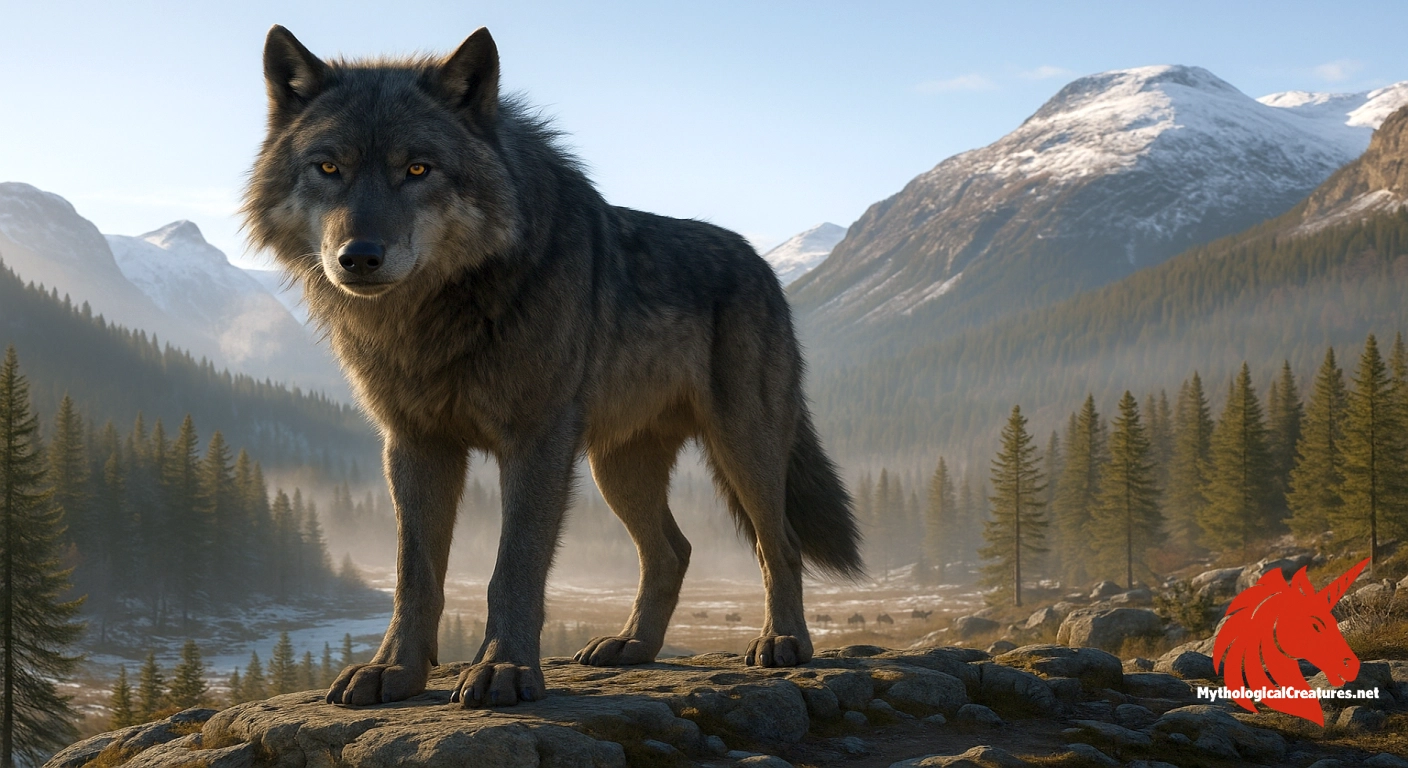
Jörmungandr: Jörmungandr: The Midgard Serpent
Another child of Loki and the giantess Angrboða, Jörmungandr (Jormungandr) is an immense sea serpent, so vast that he encircles the entirety of Midgard (the realm of humans), biting his own tail. Odin cast him into the great ocean, but out of sight was certainly not out of mind. Jörmungandr, also known as the World Serpent, is the fated adversary of Thor, the god of thunder. Their encounters are legendary, filled with cosmic fury. During Ragnarök, Thor is destined to finally slay Jörmungandr, but he will succumb to the serpent's venom, taking only nine steps before falling. "It's the ultimate grudge match," a fan of epic tales might exclaim, "a battle that shakes the foundations of the world!"
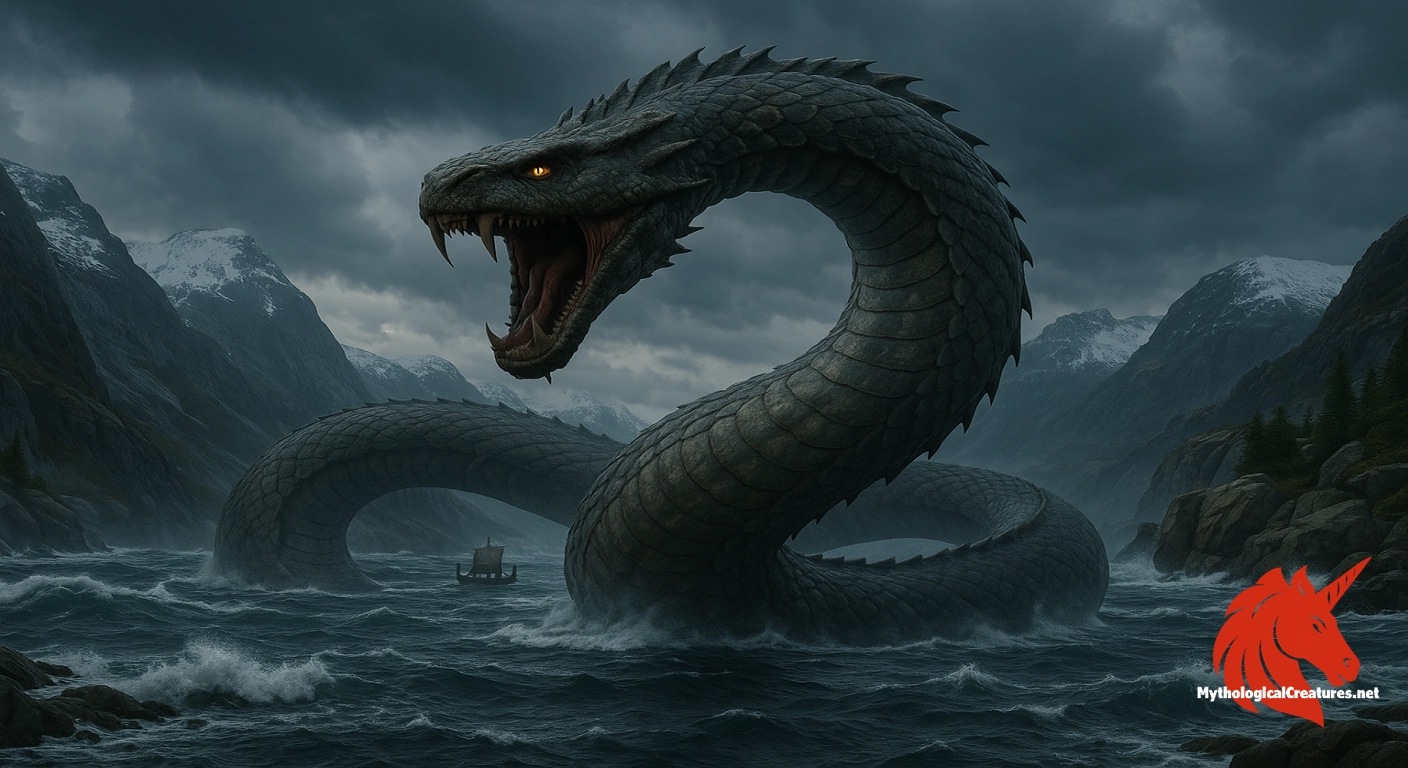
Níðhöggr: The Malice Striker Gnawing at Yggdrasil
Deep in the roots of Yggdrasil, the World Tree that connects the Nine Realms, dwells Níðhöggr (Nidhoggr), a fearsome dragon or serpent. His name means "Malice Striker" or "He Who Strikes with Malice." Níðhöggr constantly gnaws at the roots of Yggdrasil, symbolizing the forces of decay and entropy that threaten the cosmic order. He also feasts on the corpses of the dishonorable dead in Niflheim. The squirrel Ratatoskr, a notorious gossip, scurries up and down the World Tree, carrying insults between Níðhöggr and the eagle perched at the top of Yggdrasil, further fueling their mutual animosity.
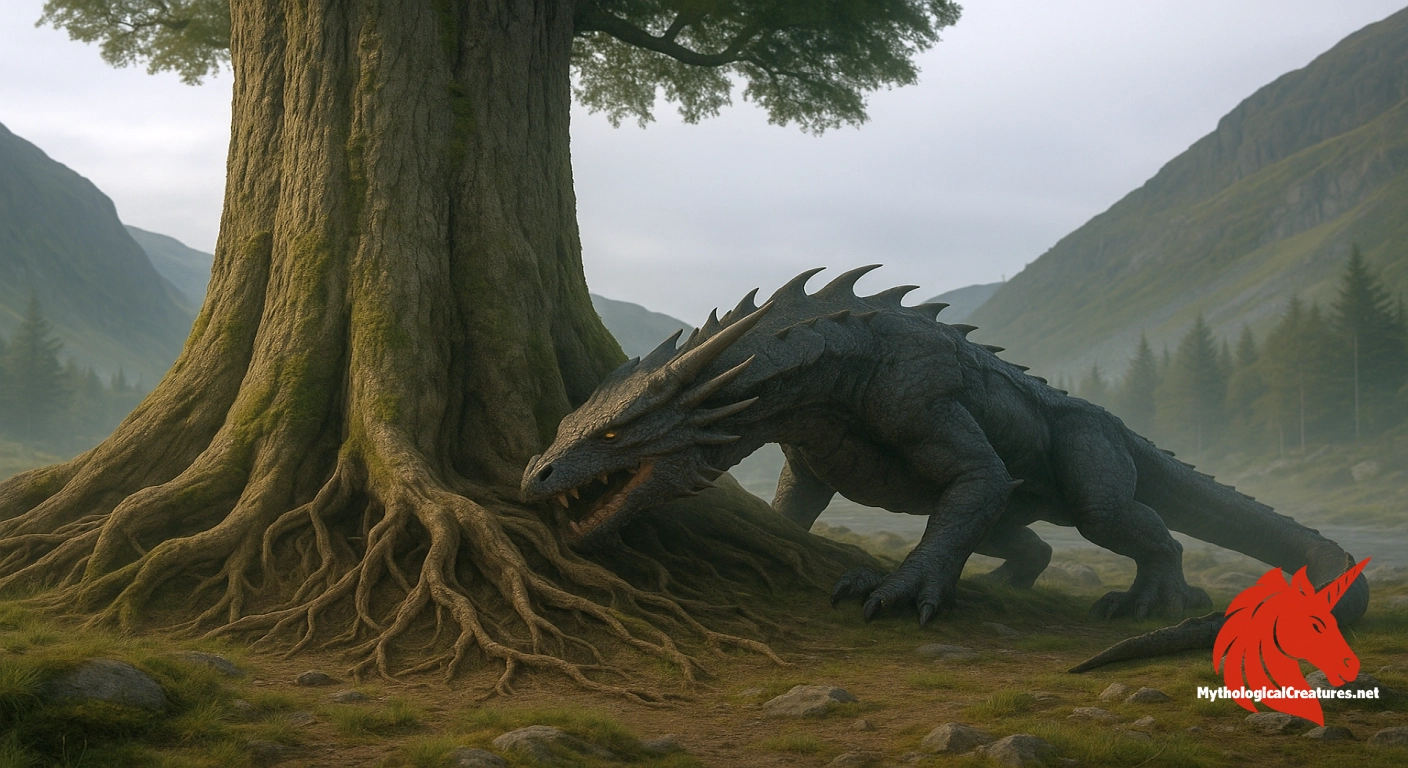
The Races of Myth: Beyond Human and God
Norse cosmology is populated by more than just gods and monsters. Entire races of beings with their own cultures, skills, and allegiances play vital roles in the sagas.
Jötnar: The Ambiguous Giants
Often translated as "giants," the Jötnar (singular Jötunn) are a complex race. While some are indeed colossal beings of immense power, like the frost giants (Hrímpþursar) of Jötunheim or the fire giants of Muspelheim, the term more accurately describes a diverse group often associated with the forces of chaos and nature. "Don't just think of them as big, dumb brutes," a storyteller might advise. "Many gods, including Odin himself, have Jötunn ancestry, and their relationships with the Aesir and Vanir gods are a tangled web of conflict, alliance, and even romance." They are formidable foes but also possess ancient wisdom and power that the gods sometimes seek.
Elves: Beings of Light and Shadow
Norse mythology speaks of two distinct types of elves: the Ljósálfar (Light Elves) and the Dökkálfar (Dark Elves) or Svartálfar (Black Elves). The Light Elves are said to be fairer than the sun to look upon and reside in the beautiful realm of Alfheim. They are often associated with beauty, magic, and artistry. The Dark Elves, on the other hand, dwell underground, possibly in Svartalfheim, and are sometimes conflated with dwarves due to their subterranean homes and craftsmanship. The distinction isn't always clear-cut, with some scholars suggesting "Dark Elves" and "Dwarves" might be interchangeable terms for the same beings.
Dwarves: Master Smiths of the Underworld
The Dwarves (Dvergar) are renowned as the ultimate craftsmen in Norse mythology. Born from the maggots that writhed in the flesh of the primordial giant Ymir, they were given reason by the gods and dwell in the subterranean realm of Svartalfheim (or Nidavellir). They are masters of smithing and forging, responsible for creating some of the most powerful and famous artifacts in the Norse sagas, including Thor's hammer Mjölnir, Odin's spear Gungnir, and the aforementioned chain Gleipnir. "If you needed something truly magical and unbreakable, you went to the dwarves," any Viking hero would tell you. "Just be prepared to pay their price!"
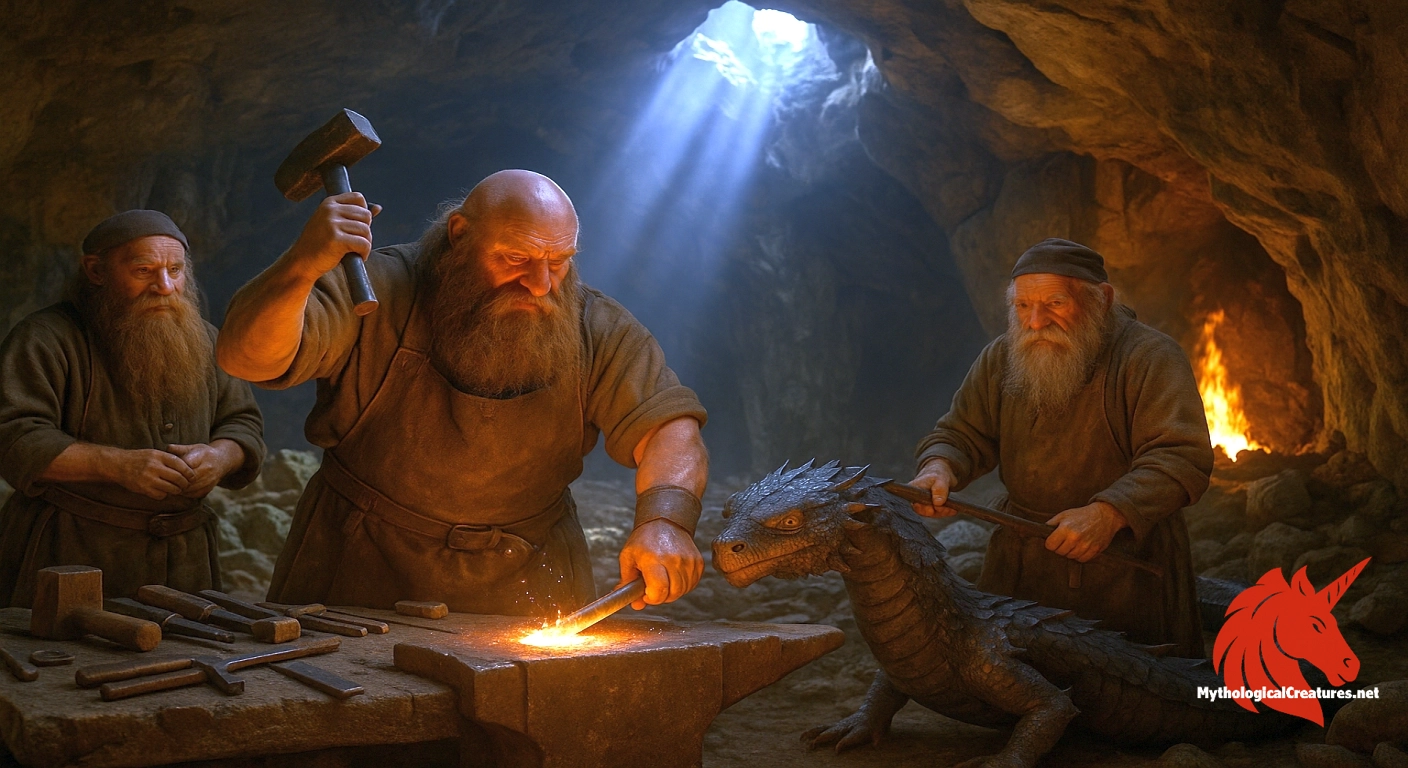
Guardians, Spirits, and Denizens of the Deep
The Norse world was teeming with a host of other supernatural entities, from fearsome undead warriors to enigmatic spirits of nature.
Draugr: The Walking Dead of the North
Long before modern zombie tales, the Norse had the Draugr – terrifying undead beings. These are not mindless shufflers; Draugr are formidable revenants, often retaining some of their former intelligence and possessing superhuman strength. They guard their burial mounds and treasures fiercely, and can bring misfortune or death to the living. Some could even shapeshift or swim through solid rock. "A Draugr was a truly chilling foe," a Viking warrior might recount with a shiver, "a reminder that death wasn't always the end, and sometimes, what came back was far worse."
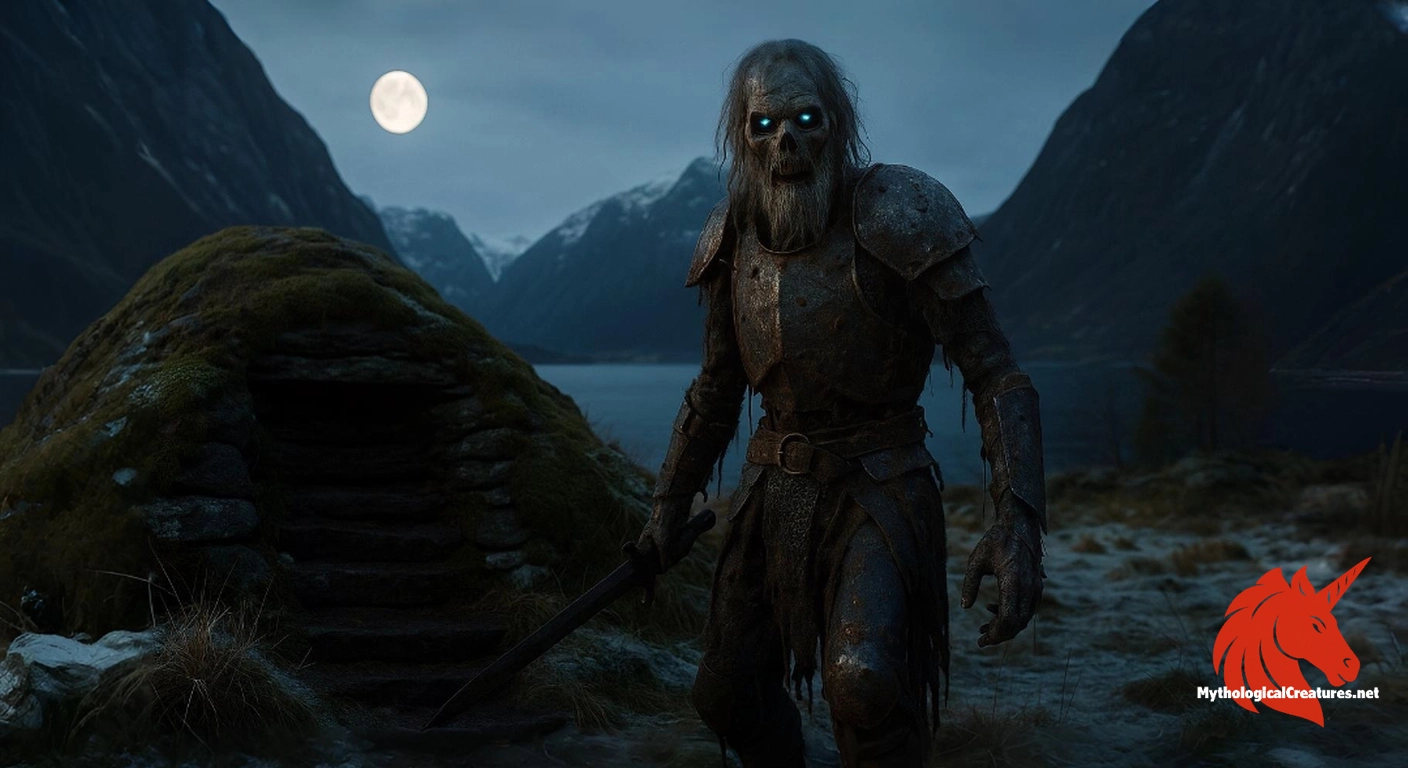
Valkyries: Choosers of the Slain
The Valkyries are iconic female figures, Odin's battle-maidens who soar over battlefields. Their name means "choosers of the slain." They decide who lives and who dies in battle, and escort the souls of worthy fallen warriors (the Einherjar) to Valhalla, Odin's magnificent hall, where they prepare for Ragnarök. Often depicted as beautiful and formidable, riding winged horses, they are a symbol of both the glory and the grim reality of war.
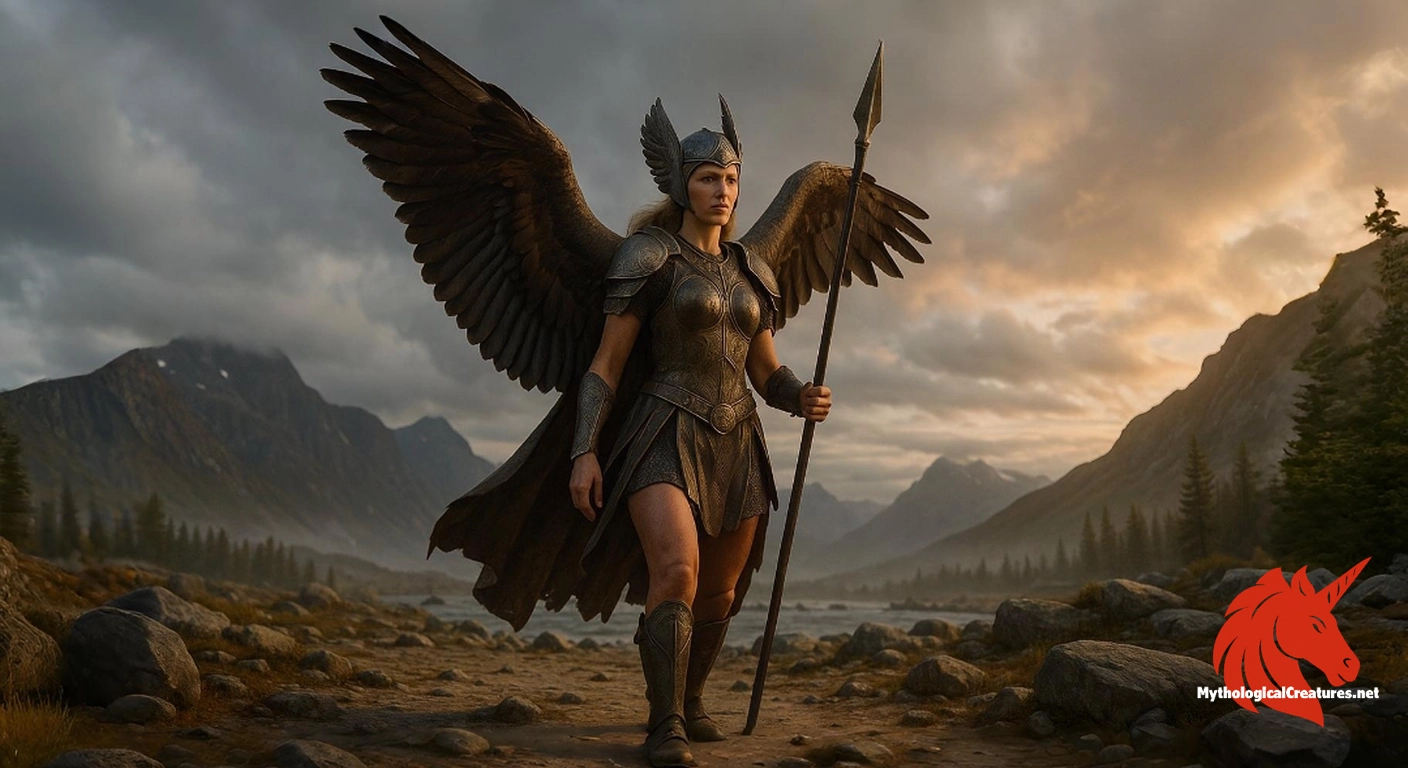
Creatures of the Waves: The Kraken and Others
Given the seafaring nature of the Vikings, it's no surprise their mythology is rich with sea monsters. The most famous is arguably the Kraken, a colossal tentacled beast said to be capable of dragging entire ships to the depths. While its origins might be tied to sightings of giant squid, the Kraken became a legendary terror of the seas. Other sea creatures included the Hafgufa ("sea-steam") and Lyngbakr ("heather-back"), enormous whale-like monsters often mistaken for islands.
The Hidden Folk and Nature Spirits
Beyond the grand and terrifying, Norse folklore is rich with a variety of other beings:
- Hulder: Alluring female forest spirits with long hair and a cow or fox's tail (which they try to hide). The Hulder (or sometimes referred to as Huldra) could be benevolent or dangerous, sometimes luring men into the wilderness.
- Trolls: A broad category of beings, often depicted as large, brutish, and not particularly intelligent, dwelling in mountains or caves. However, the term "troll" could sometimes be used more generally for various magical or malevolent beings.
- Fossegrim: Water spirits known for their enchanting music, often played on a fiddle or harp, which could lure people to watery graves. The Fossegrim (sometimes referred to as Strömkarlen (Stromkarlen) or Nøkken (Nokken)) might teach his musical skills if properly appeased with a sacrifice.
The creatures of Norse mythology offer a glimpse into the Viking worldview – a world charged with magic, danger, and the constant interplay of order and chaos. From the cosmic beasts fated to end the world to the subtle spirits of the landscape, these beings continue to capture our imagination, reminding us of a time when myths were not just stories, but explanations for the profound and often terrifying mysteries of life. As one modern skald put it, "To study these creatures is to understand the heart of the Norse people – their fears, their reverence for nature, and their unyielding spirit in the face of a world teeming with wonders and perils."
Frequently Asked Questions About Norse Mythology's Most Curious Creatures
Got a few more burning questions about the fantastical fauna of the North? Let's tackle some common queries!
What is the Norse mythical beast?
That's a tough one to narrow down, as Norse mythology is absolutely teeming with mythical beasts! If you're thinking of one of the most iconic and fearsome, Fenrir the giant wolf, or Jörmungandr, the world-circling Midgard Serpent, often come to mind. But there are also dragons like Níðhöggr, majestic eight-legged horses like Sleipnir, and many more fascinating creatures. It really depends on which epic tale you're diving into!
What is the name of the monster in Norse mythology?
Again, there isn't just one "monster" – Norse mythology has a whole bestiary of them! Some of the most famous monsters include Fenrir the wolf, Jörmungandr the sea serpent, the dragon Níðhöggr gnawing at the World Tree, and the fearsome undead Draugr. The Jötnar, or giants, could also be considered monstrous foes of the gods. Each has its own terrifying tale!
Who is the most powerful Norse creature?
This is a fantastic question and sparks a lot of debate among mythology fans! If you're talking sheer destructive capability and pivotal role in cosmic events, Fenrir is a strong contender, destined to devour Odin himself. Jörmungandr, whose thrashing can cause tidal waves and whose venom can kill Thor, is another powerhouse. However, some might argue for the primordial giants like Ymir, from whose body the world was made, though he was defeated early on. "Power can mean different things," a wise old skald might say, "raw strength, magical ability, or even the power to bring about world-altering change." It's a fun one to ponder!
What animal represents Norse mythology?
While many animals feature prominently, the wolf and the raven are arguably two of the most symbolic. Wolves, like Fenrir and Odin's companions Geri and Freki, represent both untamed ferocity and loyal companionship. Ravens, such as Odin's Huginn (thought) and Muninn (memory), symbolize wisdom, knowledge, and a connection to the mystical. Thor's goats, Tanngrisnir and Tanngnjóstr, who pull his chariot, are also very distinctive. "Honestly, the whole animal kingdom seems to have a VIP pass to Asgard and beyond!" a cheerful Viking might jest. It truly highlights the deep connection the Norse people had with the natural and supernatural worlds.
Are there dragons in Norse mythology?
Yes! Dragons are some of the most formidable and iconic creatures in Norse mythology. The most famous is probably Níðhöggr (the "Malice Striker"), who relentlessly gnaws at the roots of Yggdrasil, the World Tree. Then there's Fáfnir, a dwarf who transformed into a greedy, treasure-hoarding dragon, famously slain by the hero Sigurd. While perhaps not as numerous as in some other mythologies, Norse dragons are powerful symbols of destruction, greed, and the primal forces of the cosmos. "You wouldn't want to stumble upon one in a dark cave, that's for sure!" a seasoned adventurer would wisely advise.